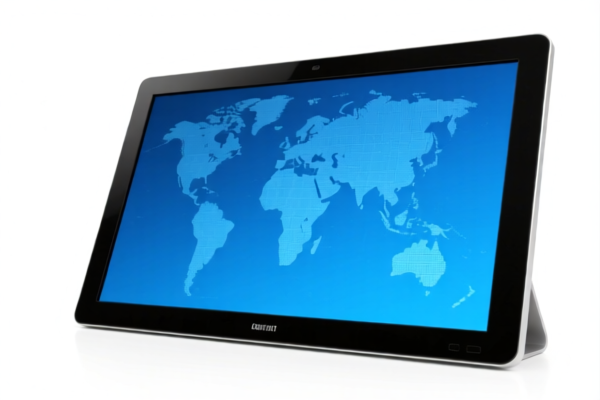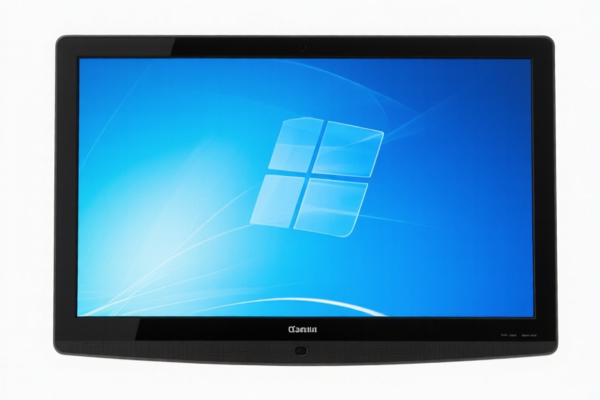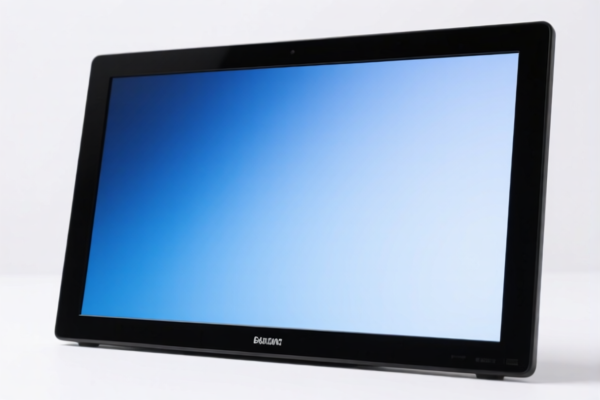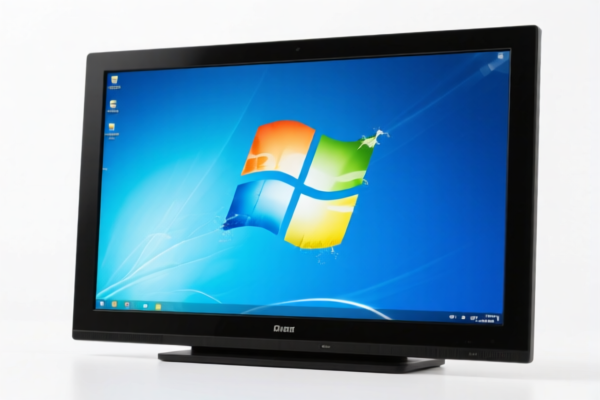| HS Code | Official Doc | Tariff Rate | Origin | Destination | Effective Date |
|---|---|---|---|---|---|
| 8524111000 | Doc | 45.0% | CN | US | 2025-05-12 |
| 8524911000 | Doc | 45.0% | CN | US | 2025-05-12 |
| 8529909800 | Doc | 55.0% | CN | US | 2025-05-12 |
| 9023000000 | Doc | 37.5% | CN | US | 2025-05-12 |
| 3920995000 | Doc | 60.8% | CN | US | 2025-05-12 |
| 9106908500 | Doc | 15¢ each + 2.3% + 0.8¢/jewel+55.0% | CN | US | 2025-05-12 |
| 9106906500 | Doc | 15¢ each + 2.3% + 0.8¢/jewel+55.0% | CN | US | 2025-05-12 |




LCD Writing Tablets
LCD writing tablets, also known as graphic tablets, digital notepads, or e-writers, are electronic devices designed for handwriting, sketching, and note-taking. They offer a paperless alternative to traditional pen and paper methods.
Material:
- Display: Primarily utilize Liquid Crystal Displays (LCDs), specifically reflective LCDs which do not require a backlight, contributing to lower power consumption. More advanced models may incorporate E-Ink displays.
- Housing: Typically constructed from plastic (ABS or similar polymers) for durability and lightweight design. Some premium models use metal alloys (aluminum) for increased robustness and a higher-end feel.
- Stylus: Often made of plastic with a conductive tip (usually rubber or a specialized polymer) to interact with the LCD surface. Styli are generally tethered to the tablet to prevent loss.
- Internal Components: Include a battery (typically a coin cell or rechargeable lithium-ion battery), a circuit board controlling the display, and pressure sensors.
Purpose:
- Note-Taking: Ideal for quick notes, reminders, and to-do lists.
- Sketching & Drawing: Suitable for simple sketches, diagrams, and artistic expression.
- Drafting & Brainstorming: Facilitates rapid ideation and visual planning.
- Educational Tool: Useful for students, teachers, and children for learning and practicing handwriting or drawing.
- Communication Aid: Can assist individuals with communication challenges.
Function:
LCD writing tablets function through pressure sensitivity. When the stylus applies pressure to the surface, it creates a visible mark on the LCD screen. The pressure activates liquid crystals within the display, altering their orientation to create dark or light areas, forming the written or drawn content. Most tablets feature an erase button which restores the screen to a clean slate through an electrical signal that realigns the liquid crystals. Some models include a lock function to prevent accidental erasure.
Usage Scenarios:
- Home: Grocery lists, reminders, children's drawing, quick notes.
- Office: Meetings, brainstorming sessions, quick sketches, temporary diagrams.
- Education: Classroom notes, homework, practice exercises, interactive learning.
- Travel: Lightweight and portable for on-the-go note-taking.
- Healthcare: Communication with patients, quick medical notes.
Common Types:
- Standard LCD Writing Tablets: Basic models with a single-color display (typically black and white). These are the most affordable and widely available. Screen sizes typically range from 8.5 to 12 inches.
- Pressure-Sensitive Tablets: Offer varying line thickness and shading based on the pressure applied with the stylus. These are popular among artists and designers.
- Color LCD Writing Tablets: Emerging technology offering limited color palettes. These are often more expensive.
- E-Ink Writing Tablets: Utilize E-Ink technology for a paper-like writing experience and extended battery life. Often used for digital journaling and document annotation. (e.g., reMarkable, Onyx Boox)
- Large Format Tablets: Larger screen sizes (13 inches or greater) intended for professional use, such as architectural drafting or detailed artwork.
- Smart Writing Tablets: Connect to smartphones or computers via Bluetooth to digitize handwritten notes and drawings. These often include software for note organization and editing. (e.g., Bamboo Slate, Livescribe)
The declared goods, “lcd writing,” refer to display modules potentially incorporating touch-sensitive screens, used for visual output and potentially interactive applications. These modules are likely components in larger devices or systems, and may be used in educational, demonstrational, or timing/recording applications.
The following HS codes are relevant based on the provided reference material:
- 8524111000: This code covers flat panel display modules, with or without touch-sensitive screens, without drivers or control circuits, specifically of liquid crystals. It applies to modules other than those for articles of subheadings 8528.59, 8528.69, 8528.72 and 8528.73. The total tax rate is 45.0% (0.0% base tariff, 25.0% additional tariff, and 20.0% additional tariff after April 2, 2025).
- 8524911000: This code also covers flat panel display modules, with or without touch-sensitive screens, specifically of liquid crystals. However, this code applies to other such modules, also excluding those for subheadings 8528.59, 8528.69, 8528.72 and 8528.73. The total tax rate is 45.0% (0.0% base tariff, 25.0% additional tariff, and 20.0% additional tariff after April 2, 2025).
- 3920995000: This code covers other plates, sheets, film, foil and strip, of plastics, noncellular and not reinforced, laminated, supported or similarly combined with other materials, specifically of other plastics. The total tax rate is 60.8% (5.8% base tariff, 25.0% additional tariff, and 30.0% additional tariff after April 2, 2025).
It is important to determine whether the “lcd writing” modules include drivers or control circuits to differentiate between HS codes 8524111000 and 8524911000. If the modules are composed of plastic materials, HS code 3920995000 may also be applicable.
Customer Reviews
No reviews yet.